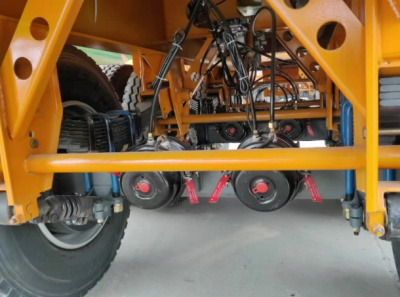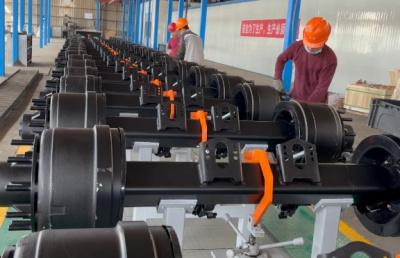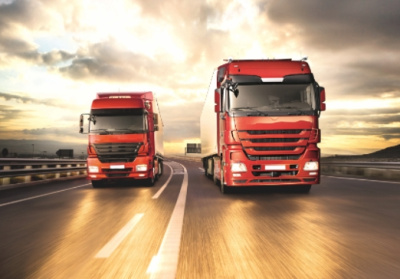Why is a semi-trailer called a "semi-trailer"?
Semi-trailer is a widely used model in the domestic transportation industry. It can be subdivided into fence type, warehouse grid type, low flat type, van type, tank type, container type, skeleton type and other types, which can meet the needs of large Transportation needs of some goods trailer axle.

Why is the semi-trailer called a "semi-trailer"?
In fact, this is mainly determined by the structure of the semi-trailer. The wheels of the semi-trailer are generally installed at the rear end of the compartment and cannot stand alone. It is necessary to put the front end of the trailer on the saddle behind the tractor, and the trailer and tractor are responsible for it. Part of the weight of the car, the tractor provides the forward traction to the trailer, but also provides the force to support the goods upwards. The trailer only bears part of the weight of the goods, so it is called a "semi-trailer".
Compared with the full trailer, the difference between "half trailer" and "full trailer" can be understood more intuitively.
In general, wheels are installed on the front and rear ends of the trailer compartment, so they can stand independently. When connecting with the tractor, the compartment does not need to be on the tractor, only the traction device can be used to connect the tractor. What is provided to the full trailer is only a forward pulling force, without sharing the weight of the cargo, in other words, all the weight of the cargo is borne by the trailer itself.
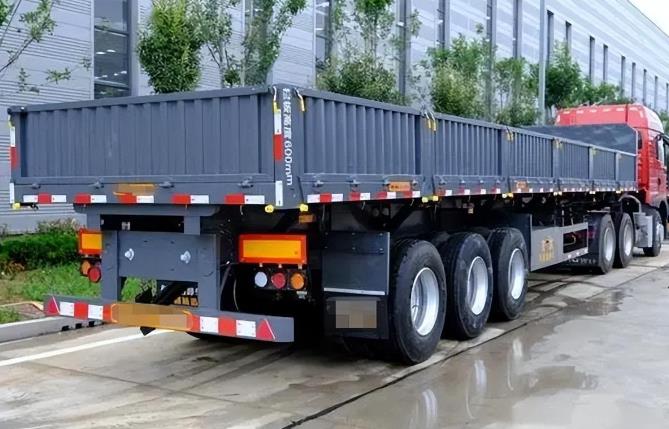
With the continuous development of vehicle technology, new transport models are also emerging, such as center-axle trailers and car trains, which seem to have an advantage over semi-trailers in terms of policy promotion and cargo loading space. Does that mean that the development prospects of semi-trailers have become smaller?
Not so.
First of all, from the model point of view, although the promotion of center axles and car trains is popular, the disadvantages cannot be ignored: the shorter chassis increases the requirements of the vehicle on the road conditions, and it does not have an advantage when encountering potholes; the technology is not mature enough. , it is easy to swing up and down or left and right when running, and the driving stability is poor; the gap between the tractor and the carriage is small, and the carriage will be pushed forward due to the inertia in case of emergency braking, and the safety is poor; the driving stability of multiple carriages trailer axle is poor, and it is easy to Drifting or skidding makes it very difficult to drive; in addition, the price is relatively high, which is constrained by the purchase cost, so these two models have always been tepid.
Secondly, from the perspective of national conditions, my country has a vast land area, diverse terrain, complex transportation road conditions, and differences in the level of road network construction in different regions, which requires high flexibility, convenience, adaptability and passability of vehicles; in recent years The transportation environment has not been very good, and the freight is generally low. Car owners are more likely to accept models with low pre-cost and strong adaptability to cargo. From this point of view, compared with emerging models, semi-trailers have been developed for many years. development, the advantages are trailer axle relatively greater.
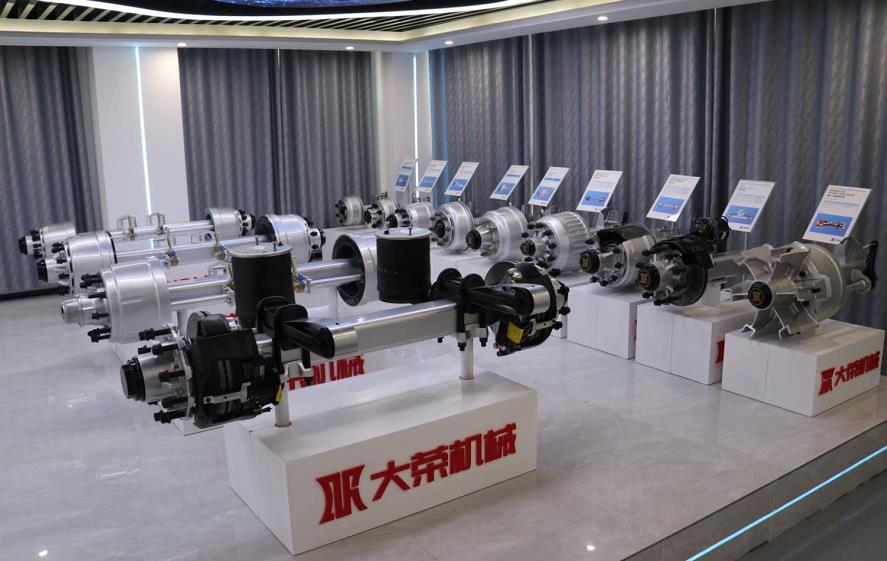
In addition, from the perspective of foreign transportation markets, Europe and the United States have always been at the leading level in the world in terms of transportation means and transportation technology. Some development trends of my country's transportation industry, such as lightweight, standardization, specialization, intelligence, remote control, etc., To a certain extent, it is also on par with Europe and the United States. In other words, the development of the logistics and transportation industry in Europe today may be the tomorrow of the development of my country's logistics and transportation industry. However, in the current European and American countries, the transportation volume undertaken by semi-trailers accounts for almost 70%-80% of the total transportation volume. It can be seen that for a long time, domestic semi-trailers will still occupy the main force of transportation.




